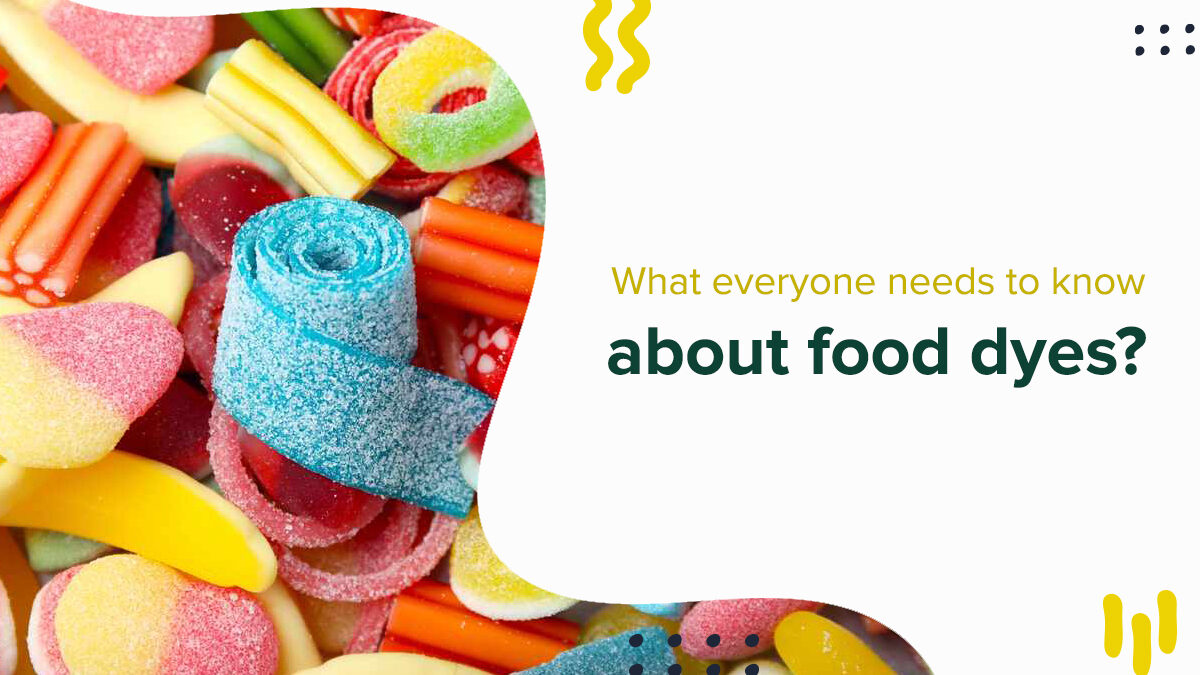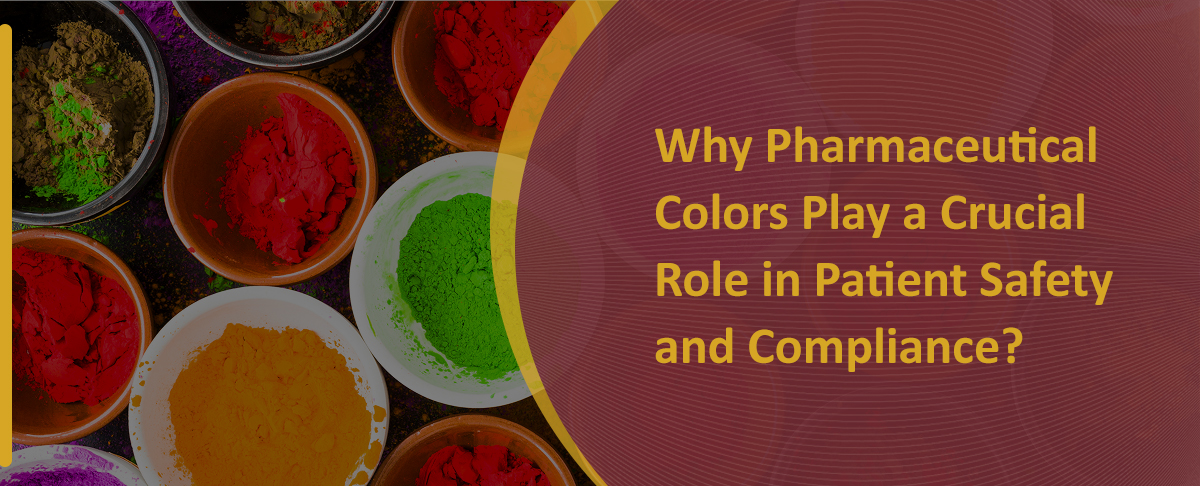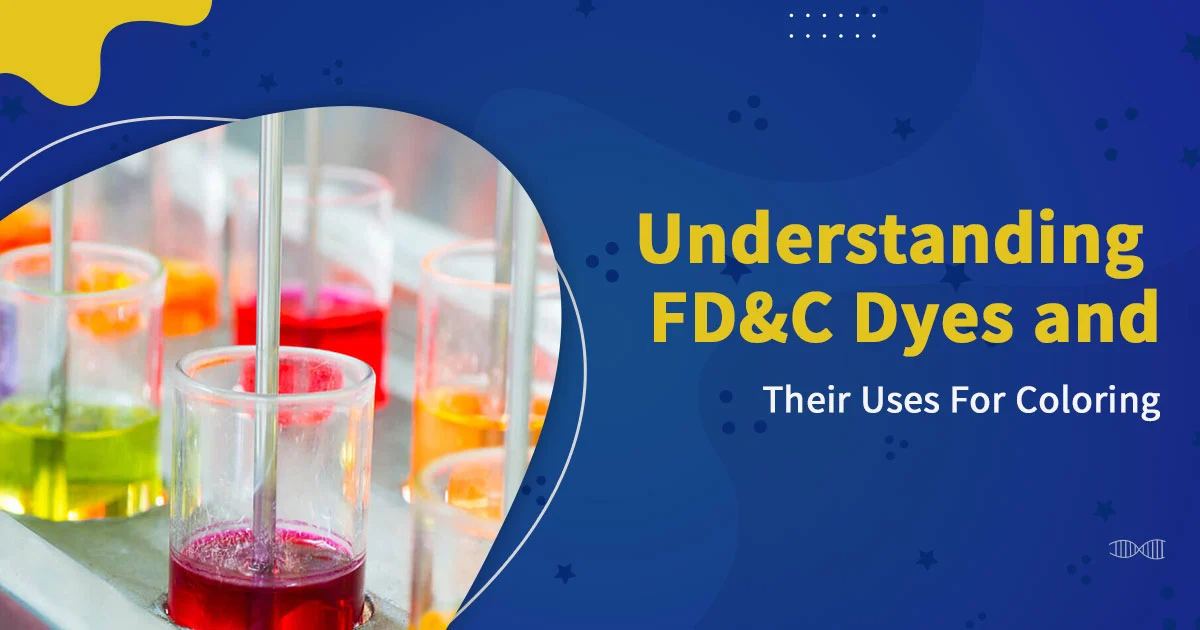Food Dyes are everywhere—from the bright colors of candies and desserts to the appealing look of packaged snacks and beverages. These additives play a major role in making food visually attractive, consistent, and marketable. While natural dyes have been used for centuries, the rise of artificial food dyes has sparked ongoing debates about their safety, health impact, and long-term effects. Understanding what food dyes are, how they’re used, and the concerns surrounding them can help you make smarter, healthier choices for yourself and your family.
What Are Food Dyes?
Food dyes are color additives used to enhance the appearance of food and beverages. They can be natural (derived from plants, animals, or minerals) or synthetic (chemically produced in labs).
These dyes help make processed foods more appealing, compensate for color loss during storage, and create consistency in manufacturing.
People have used food dyes for centuries, but modern synthetic dyes raise concerns about their safety and health risks.

Types of Dyes
1. Artificial
Artificial dyes are synthetic chemicals created to provide vibrant, long-lasting colors. The most common ones approved for use include:
- Red No. 40 (Allura Red): Commonly found in candies, sodas, snacks, and cereals.
- Yellow No. 5 (Tartrazine): Commonly used in baked goods, chips, and soft drinks.
- Yellow No. 6 (Sunset Yellow) – Common in beverages, sauces, and preserved fruits.
- Blue No. 1 (Brilliant Blue): Seen in candies, sports drinks, and ice cream.
- Blue No. 2 (Indigo Carmine): Commonly used in candies and cereals.
- Green No. 3 (Fast Green): Less common but used in ice cream and desserts.
2. Natural
Natural sources produce these, and health-conscious consumers often prefer them. Some popular natural dyes include:
- Beet Juice – Provides a deep red color.
- Turmeric – Produces a bright yellow shade.
- Spirulina Extract – Gives a blue-green hue.
- Beta-carotene – Provides an orange tint.
- Anthocyanins (from berries and grapes) – Create red, purple, or blue colors.
Health Concerns of Artificial Dyes
Experts have debated the safety of artificial food dyes for years. While regulatory bodies allow their use, some research suggests potential risks:
1. High energy in Children
Studies suggest that artificial food dyes may cause high energy and attention problems in children, especially those with ADHD.
The European Union requires warning labels on foods containing certain dyes, while some countries have banned them.
2. Allergic Reactions
Certain food dyes, like Yellow No. 5 (Tartrazine), may cause allergic reactions in sensitive people, leading to hives, asthma, or skin irritation.
3. Potential Cancer Risk
Animal studies have raised concerns about some dyes. For example:
- Red No. 3 (Erythrosine) Studies have linked it to thyroid tumors in rats.
- Some artificial dyes carry contaminants that may cause cancer, though researchers have limited evidence in humans.
4. Behavioral and Cognitive Effects
Researchers suggest that artificial dyes may impact mood, learning, and brain function, but they need more evidence to confirm this.
Regulations on Food Dyes
Different countries regulate food dyes differently:
- In the United States (FDA), the FDA approves specific dyes and sets Acceptable Daily Intake (ADI) limits.
- European Union (EFSA) requires warning labels on foods containing certain dyes.
- The United Kingdom has phased out several artificial dyes in favor of natural alternatives.
- Norway & Austria have banned some synthetic food dyes.
Despite regulations, some dyes remain controversial, and consumer demand for dye-free and natural alternatives is increasing.
Natural Alternatives to Artificial
If you’re concerned about artificial dyes, look for natural or plant-based alternatives:
- Carrot and pumpkin extracts – Yellow-orange shades.
- Pomegranate and beet juice – Red hues.
- Spinach powder – Green shades.
- Spirulina extract – Blue-green shades.
These natural options color food and may provide nutrients that protect cells and other health be4nefits.
Should You Avoid Food Dyes?
Whether or not to avoid artificial food dyes depends on your health concerns and dietary preferences. While regulatory agencies deem them safe, some studies suggest potential risks, especially for children. If you’re concerned, choose natural food dyes and carefully read ingredient labels.
Food dyes play a significant role in the food industry, but their health effects remain controversial. Although natural food dyes offer a safer alternative, manufacturers still widely use artificial dyes. Staying informed and making conscious choices can help you maintain a healthier diet.
Conclusion
Food dyes play an important role in making our foods look appealing, but concerns around artificial dyes continue to grow. While many are approved for use, studies suggest potential risks—especially for children and sensitive individuals. Choosing natural colorants, reading labels, and opting for minimally processed foods can help you reduce unnecessary exposure.
If you want to make healthier choices, start by understanding what’s in your food and exploring natural alternatives.
Want cleaner, safer food options? Stay informed, read labels carefully, and switch to natural food dyes whenever possible. Need help choosing dye-free or safer alternatives? Explore our guides and resources to get started today!
1Are artificial food dyes safe?
Artificial food dyes approved by regulatory bodies like the FDA are generally considered safe within the recommended limits. However, some studies suggest potential risks, such as behavioral effects in children or allergic reactions in sensitive individuals.
2Do food dyes cause hyperactivity in children?
Some research shows a link between artificial dyes and increased hyperactivity or attention problems in children, especially those with ADHD. The EU even requires warning labels on foods that contain certain dyes.
3What foods commonly contain artificial dyes?
Artificial dyes are often found in candies, sodas, flavored drinks, cereals, chips, baked goods, ice creams, sauces, and processed snacks.
4Are natural food dyes healthier?
Natural dyes—such as beet juice, turmeric, spirulina, and berry extracts—are generally considered safer because they come from plant or mineral sources. They may also offer additional nutrients or antioxidant benefits.





